#cecilie of baden
Explore tagged Tumblr posts
Text



🩶 Grand Duchess Olga Feodorovna, 1874. 🩶
15 notes
·
View notes
Text
This young, fragile woman would be the mother of the "Wild Caucasians" (she had one daughter and six sons.) She married Grand Duke Mikhail Nikolaevich, and when he was the Viceroy of the Caucasus, she could deputize for him on occasion. She was a very well-read and knowledgeable woman whom her sons described as cold and a harsh disciplinarian...(except Nicholas, her firstborn, who adored her.) The other grand duchesses were intimidated by her. Apparently, she did not have a very pleasant disposition and was indeed a gossip. (gcl)

A young and very fragile looking Princess Cecilie of Baden, later Grand Duchess Olga Feodorovna, ca early late 1840s.
Court rumours attributed the paternity of Cecilie to a Jewish banker named Haber. No historical evidence has surfaced to confirm this allegation.
Thereby, Cecilie would usually be the source of rather rude gossip. Alexander III, who did not like Cecilie, referred to her behind her back as ”Auntie Haber”. Cecilie herself however took a great part in court gossip and was very fond of malicious tales.
#Cecilie of Baden#Romanovs#Russian Royal family#Grand Duke Mikhail Nicholaievich#Grand Duchess Olga Feodorovna#Mikhailovichi
61 notes
·
View notes
Text


Prince Andrew of Greece and Denmark with his daughters Theodora and Cecilie 1910s.
#prince andrew of greece and denmark#Princess Theodora of Greece and Denmark#princess cecilie of greece and denmark#Andrew of Greece and Denmark#Theodora of Baden#cecilie of hesse
51 notes
·
View notes
Text

Emperor Nicholas I (1796 - 1855) and Empress Alexandra Feodorovna (1798 -1860 - nee Princess Friederike Luise Charlotte Wilhelmine of Prussia
Nicholas I, the Iron Tzar, and his sons
This couple was the first “Nicholas and Alexandra” in the Romanov Dynasty. They were Nicholas II's great grant-parents.
It was said that he was the best-looking man in Europe. She was tall and fair and enjoyed jewels, gowns, and balls. They loved each other, and their union was not unhappy, but he did not remain faithful to her (after he died, his last mistress was employed as Alexandra’s lectrice, and they became friends.) Nicholas and Alexandra had seven children, four sons, and three daughters. Those four sons would ensure that the generation of Romanovs following them would not want for male heirs. As a matter of fact, there would be too many Grand Dukes, making it necessary for his grandson, Alexander III, to change the Pauline laws, re-defining who would be considered a Grand Duke or Duchess, among other things (only grandsons/grandaughters of a Tzar would be Grand Duke/Duchesses; great-grandsons and so on would be Princes and Princesses of the blood).

Nicholas I with his four sons: Tsarevich Alexander Nikolayevich (1818 - 1881 - future Alexander II), Grand Duke Konstantin Nikolayevich (1827 - 1882), Grand Duke Nikolay Nikolayevich (1831 - 1891), and Grand Duke Mikhail Nikolayevich (1832- 1909.)
According to the literature, Nicholas raised his two elder sons very strictly but had more of a paternal relationship with the younger two. His priority was to bring them up so that they were true soldiers and so that when Alexander inherited the throne, the other three would help and support him. And they did. Nicholas I adored his daughters and was devastated when his youngest daughter Alexandra (better known as Adini), died. (His daughters would be discussed in another post.)
Below are the sons of Nicholas I and their spouses:
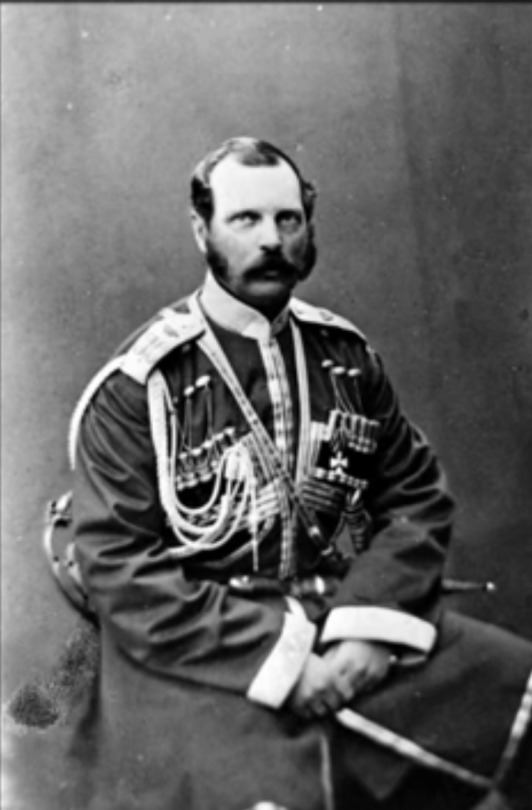

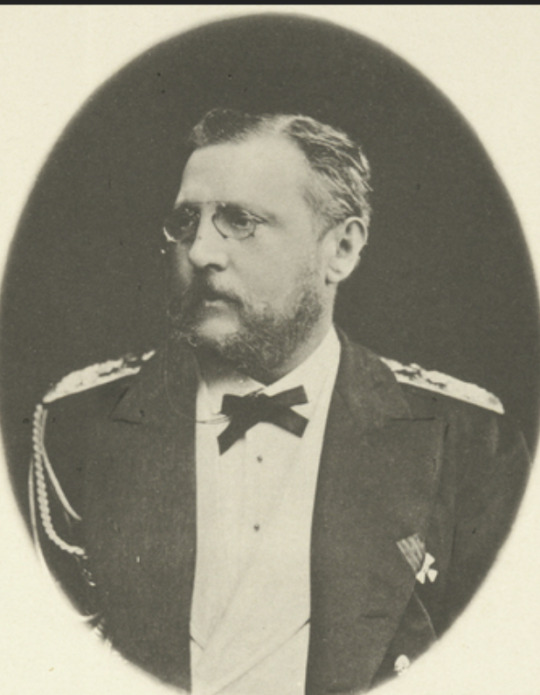
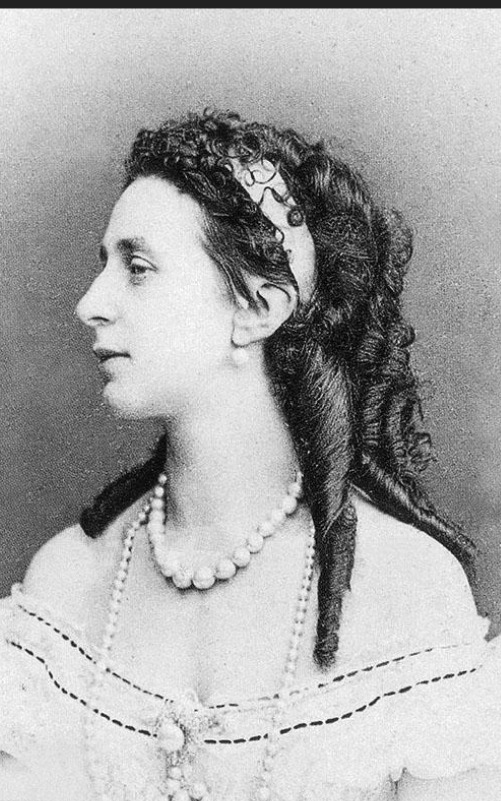




1. Emperor Alexander II and his first wife Empress Maria Alexandrovna (born Princess Wilhemine Marie of Hesse); Issue listed below (Only legitimate issue surviving to adulthood listed; not in birth order)
Grand Duchess Marie
Grand Duke Nicholas Alexandrovich
Alexander III
Grand Duke Vladimir
Grand Duke Alexei
Grand Duke Sergei
Grand Duke Pavel
2. Grand Duke Konstantin Nikolayevich and Grand Duchess Alexandra Iosifovna (Princess Alexandra of Saxe Altenburg); Issue listed below (Only legitimate issue surviving to adulthood listed; not in birth order) - They would be known as the "Konstantinovichi"
Grand Duke Nicholas
Grand Duke Konstantin
Grand Duke Dmitry
Grand Duke Vyacheslav
Grand Duchess Olga
Grand Duchess Vera
3. Grand Duke Nikolay Nikolayevich (the Elder) and Grand Duchess Alexandra Petrovna of Russia, born Duchess Alexandra Frederica Wilhelmina of Oldenburg. Issue listed below (Only legitimate issue surviving to adulthood listed; not in birth order); Known as the "Nikolayvichi”
Grand Duke Nicholas Nikolayevich
Grand Duke Peter Nikolayevich
4. Grand Duke Mikhail Nikolayevich and Grand Duchess Olga Feodorovna (nee Princess Cecilie of Baden) Issue listed below (Only legitimate issue surviving to adulthood listed; not in birth order) They were known as the "Mikhailovichi" (although they preferred to be called the "Michels;" the family called them the "Wild Caucasians" because they grew up in the Caucus and had strong opinions that they voiced loudly)
Grand Duchess Anastasia Mikhailovna
Grand Duke Nicholas Mikhailovich
Grand Duke Mikhail
Grand Duke George
Grand Duke Alexander
Grand Duke Sergei
Grand Duke Alexei
The children and grandchildren of these couples would be directly involved in one way or the other in the Great War, the Russian Revolution, the Civil War in Russia, and the overthrow of the monarchy and the Romanov Dynasty. Some would lose their lives, others would lose children, brothers, and spouses, and all would lose their country, status, and privileges.
#russian history#romanov dynasty#imperial russia#Emperor Nicholas I#Emperor Alexander II#Grand Duke Konstantin Nikolayevich#Grand Duchess Alexandra Iosifovna#Grand Duke Nikolay Nikolayevich#Grand Duchess Alexandra Petrovna of Russia#Grand Duke Mikhail Nikolaevich#Grand Duchess Olga Feodorovna#vintage photography
93 notes
·
View notes
Text
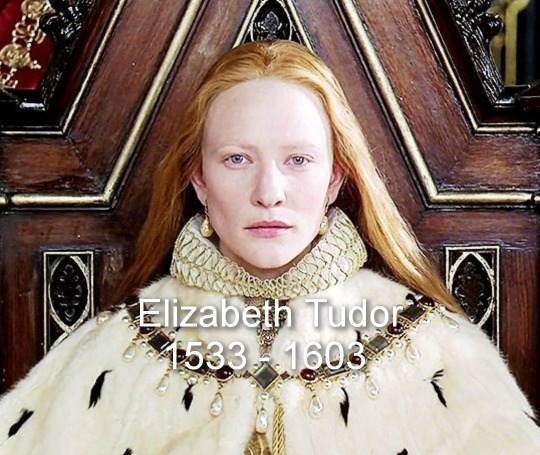
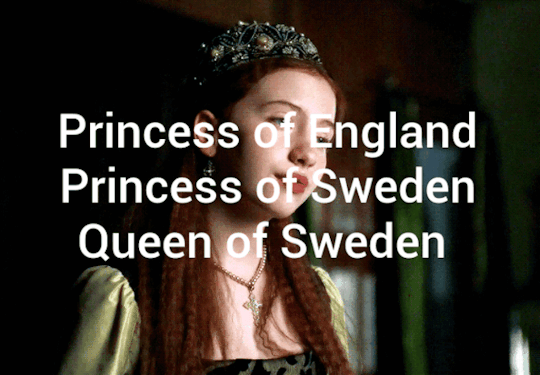

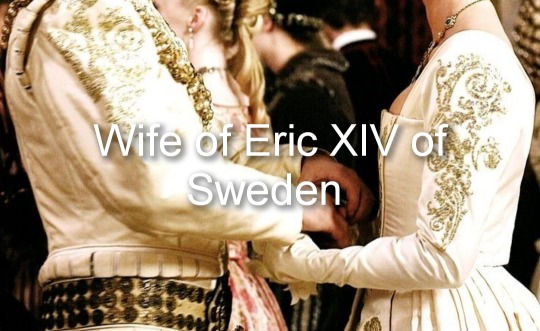
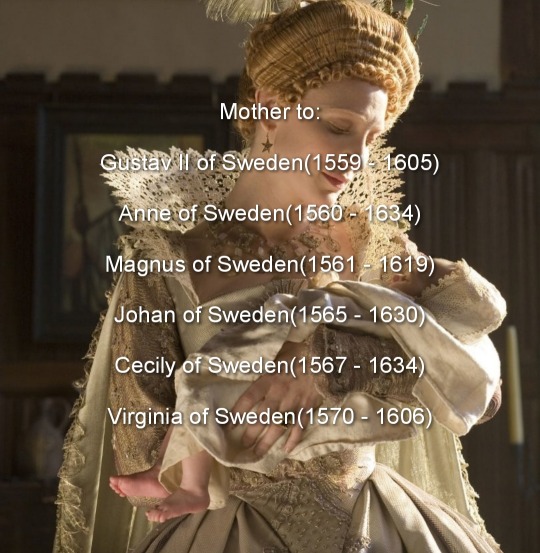
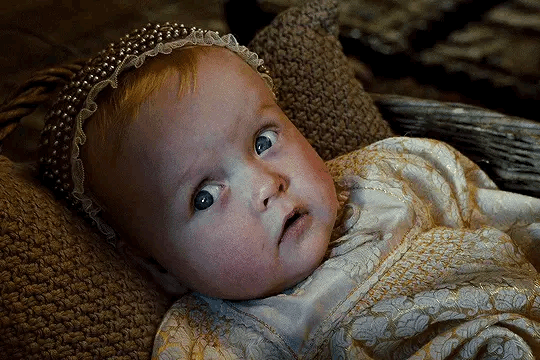
A happier life for Henry VIII's children. Part 2.
Elizabeth was the second daughter of King Henry VIII of England and his second wife Anne Boleyn. When the girl was 3 years old, the king annulled the marriage to her mother. Henry sent Anne to a convent and forbade Anne to communicate with her daughter, and soon afterward married Jane Seymour. She developed a close relationship with her stepmother, brother and sister. In 1547, her father died and Elizabeth was finally able to meet her mother. The meeting between mother and daughter after years of separation was very touching. When Anne saw Elizabeth, she could not believe that this beautiful girl was her daughter. First they cried for a long time in each other's arms, and then they sat up all night talking. They had a lot to say to each other. So their meetings became more and more frequent, and Edward allowed his father's second wife to stay with Elizabeth. In 1557 Edward VI began to look for worthy suitors from Protestant countries, for the hand of his sister, and his choice fell on the eldest son of the King of Sweden, Prince Eric. In the king's opinion, this marriage was to strengthen the sympathy of his subjects for him. In 1558, the princess became the wife of the heir to the Swedish crown, and 2 years later they became King and Queen of Sweden. It is said that at their first meeting the prince was so enchanted by her beauty that he lost the power of speech. Their married life was strong and passionate. For her husband Elizabeth became the most important confidante, with whom he discussed many problems. Six children were born in the marriage:
Gustav II of Sweden (1559 - 1605) Not interested in politics and never wanted to be king. Overthrown and killed by conspirators, including his own son Charles. Husband of Maria of Austria. Father of 4 children: Charles IX, Ludwig, Frederick, Elizabeth.
Anne of Sweden (1560 - 1634) Countess of East Friesland. At the age of 18 she married her cousin Enno III. The marriage was a happy one for both spouses. They became the parents of 9 children: Edzard III, Sabina, Agnes, Johann, Gustav, Rudolf, Christina, Sophia, Christian.
Magnus of Sweden(1561 - 1619) In 1582 he married his cousin Mary of England. They had 4 children: Nils, Katharina, Gunilla, Arnold. Magnus was widowed in 1590. And in 1592 he married his mistress Maria Oberg, but before that he received from his elder brother-king and his mother a permission to remarry. From his second wife he had 6 children: Magdalena, Sven, Hokon, Valdemar, Ingeborga, Svante.
Johan of Sweden(1565 - 1630) From childhood Johan was interested in navigation and discoveries. Therefore, he spent most of his life traveling, exploring lands not previously known. He was never married, however he recognized 3 children: Brita, Lars, Eric. And upon his death, he left each child a generous inheritance.
Cecily of Sweden(1567 - 1634) Macgravine of Baden-Rodemachern. In 1583 became the wife of Edward Fortunatus They became the parents of 5 children: Christoph III, Cecily, Elizabeth, Ottilia, Herman. In 1603, her husband died and Cecily was offered remarriage
Virginia of Sweden(1570 - 1606) Duchess of Holstein-Hottorp, wife of Johann Adolf. Virginia was older than her husband by 5 years, but despite this their marriage was happy. They had 7 children: Frederick III, Elisabeth, Conrad, Dorothea, Gedviga, Albrecht and Augusta. The Duchess died of childbirth fever a week after the birth of the last child. After the death of his wife, Johann lived the remaining 10 years until his death as a widower.
In 1568, the queen returned briefly to England for her mother's funeral. In 1577, King Eric XIV of Sweden died, and Elizabeth mourned her husband's death bitterly. But fortunately for Elizabeth, she had her children and grandchildren by her side, who became the meaning of her life. In addition, the Queen Dowager actively influenced the policies of her eldest son, King Gustav II. Gustav, weak-willed and indecisive, was not interested in ruling the state. In fact, the kingdom was ruled by Elizabeth, which did not please her daughter-in-law. Because of this, the two women often conflicted with each other. In March 1603, the Queen Dowager of Sweden died. She was buried in Uppsala Cathedral next to her husband. And 2 years later Gustav II was overthrown and killed. Her grandson Charles became the next king of Sweden.
Tumblr: History.Period Drama
#history#royal family#royalty#history au#au#royal#the tudors#henryviii#british royal family#anne boleyn#english history#tudors#elizabeth i#marytudor#edwardvi#jane seymour#catherine of aragon#britishmonarchy#royals#english royalty#the other boleyn girl#house of tudor#Tudor time
9 notes
·
View notes
Note
This isn’t an ask, but since there’s no known pictures of Adini,I believe the closest resemblance to Adini would be her niece, Grand Duchess Anastasia Mikhailovna of Russia.
That’s an interesting take for sure! Personally, I��ve always thought that Grand Duchess Anastasia Mikhailovna resembled her own mother, Grand Duchess Olga Feodorovna, who was born Princess Cecilie of Baden, whereas Adini was said to favor her mother’s side of the family. What do you all think?



For comparison, here are photos of Anastasia Mikhailovna and Olga Feodorovna, along with a bust (by I.P. Vitali) that Adini’s family thought was a fairly accurate representation.
13 notes
·
View notes
Text
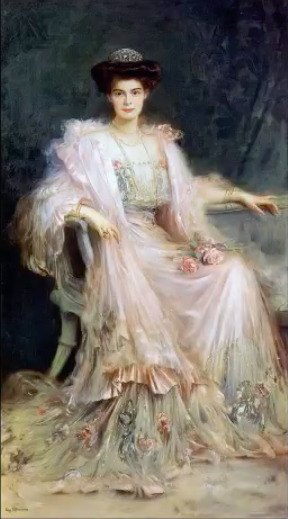
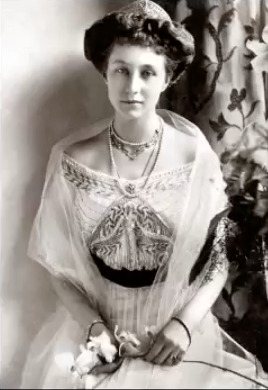

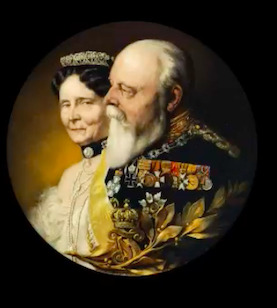

"Tiara" by Koch owned by Princess Cecilie of Prussia (1905), "The Prussian Tiara" by Koch for the wedding of Princess Viktoria Luise, Duchess of Brunswick (1913), worn by Queen Letizia of Spain on her wedding, via the Royal family of Greece, and “The Baden-Palmette Tiara" by Koch (circa 1881) for Princess Luise of Prussia, wife of Grand Duke Friedrich of Baden, owned by Queen Margarethe II of Denmark, presented in “A History of Jewellery: Bedazzled (part 10: Focus on Rings in the Alice and Louis Koch Collection)” by Beatriz Chadour-Sampson - International Jewellery Historian and Author - for the V&A Academy online, april 2024.
#conferences#inspirations bijoux#bijoux de tête#diamant#peinture#Koch#Brunswick#Baden#ChadourSampson#V&AAcademy#Vicotira&AlbertMuseum
1 note
·
View note
Photo

CDV featuring the Winterhalter portrait of Olga Feodorovna.
17 notes
·
View notes
Photo

The entrance of Princess Cecilie of Baden (Grand Duchess Olga Feodorovna) on her wedding day, 1857.
#cecilie of baden#grand duchess olga feodorovna#olga feodorovna#romanov#imperial russia#Imperial Wedding#russian royalty#1857#royalty
46 notes
·
View notes
Photo

Grand Duchess Olga Feodorovna of Russia (20 September 1839 - 12 April 1891)
#cecilie of baden#cecilie auguste#olga feodorovna romanova#grand duchess of russia#daughter of leopold grand duke of baden#wife of grand duke michael nikolaevich of russia#history#women in history#19th century#vintage#antique
1 note
·
View note
Photo

Princess Cecilie of Baden (later Grand Duchess Olga Feodorovna) by Richard Lauchert
#Grand Duchess Olga Feodorovna#Princess Cecilie of Baden#painting#Richard Lauchert#victorian#1860s#russian royal family#romanov
51 notes
·
View notes
Text
𝙲𝚑𝚘𝚌𝚘𝚕𝚊𝚝𝚎 𝚌𝚊𝚛𝚍𝚜 𝚘𝚏 𝚁𝚘𝚢𝚊𝚕 𝚠𝚘𝚖𝚎𝚗 👑✨🍫
(𝙿𝚊𝚛𝚝 𝟺 𝚘𝚞𝚝 𝚘𝚏 𝟺)
~~~~~~~~~~~~~~~~~~~~~~~~~~~~~~~~~~~~~~~~~~~~~~~

Princess Mary, Countess of Harewood and Princess Royal.
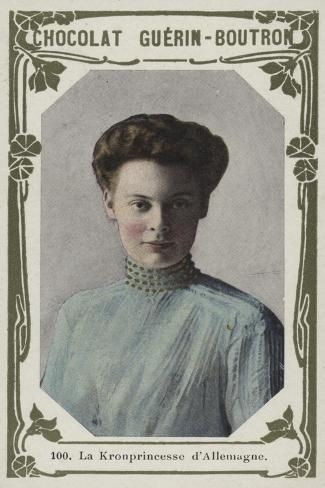
Crown Princess Cecilie of Prussia, née Duchess Cecilie of Mecklenburg-Schwerin.
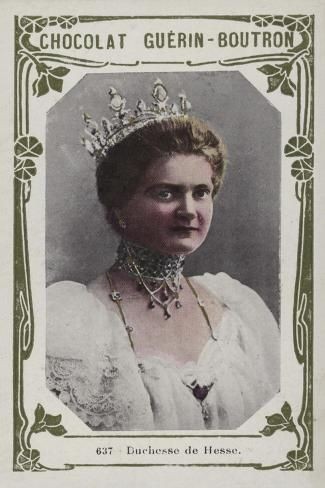
Grand Duchess Eleonore of Hesse, née Princess Eleonore of Solms-Hohensolms-Lich.
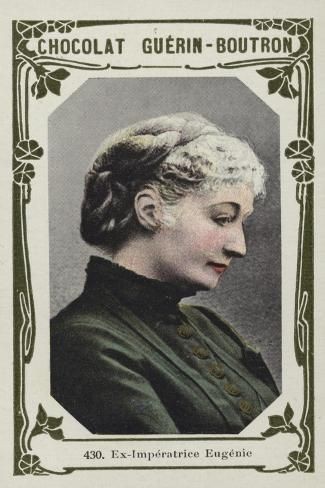
Empress Eugenie of France, née Eugenie de Montijo.
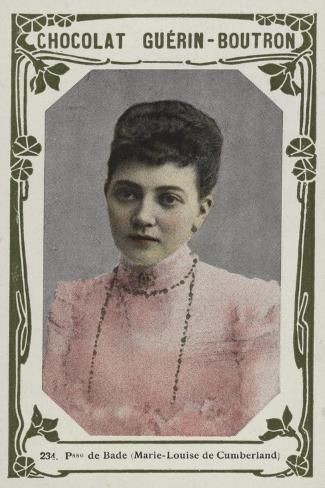
Princess Marie Louise of Baden, née Princess Marie Louise of Hanover.

Grand Duchess Olga Nikolaevna

Grand Duchess Tatiana Nikolaevna
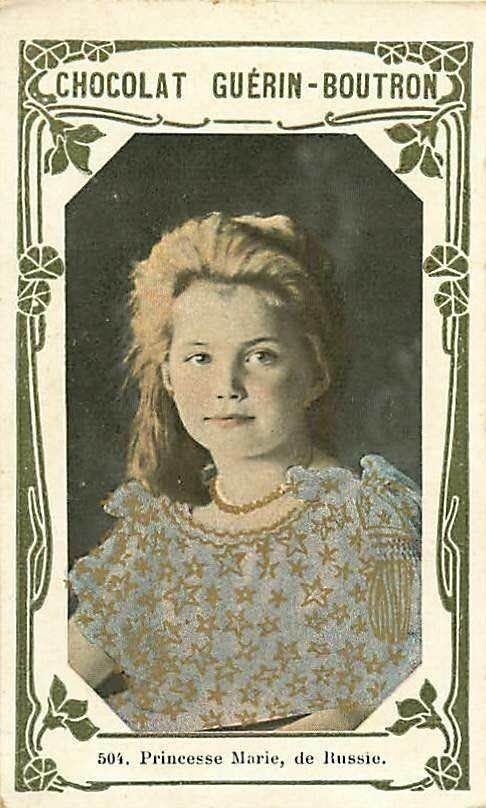
Grand Duchess Maria Nikolaevna
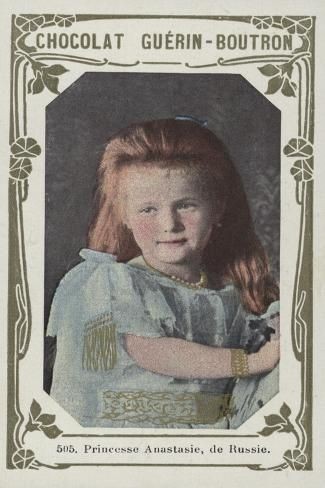
Grand Duchess Anastasia Nikolaevna
#princess mary#mary princess royal#duchess cecilie of mecklenburg-schwerin#crown princess cecilie of prussia#grand duchess eleonore of hesse#princess eleonore of solms-hohensolms-lich#empress eugenie#eugenie de montijo#princess marie louise of hanover#princess marie louise of baden#grand duchess olga nikolaevna#grand duchess tatiana nikolaevna#grand duchess maria nikolaevna#grand duchess anastasia mikhailovna#chocolate cards
14 notes
·
View notes
Text
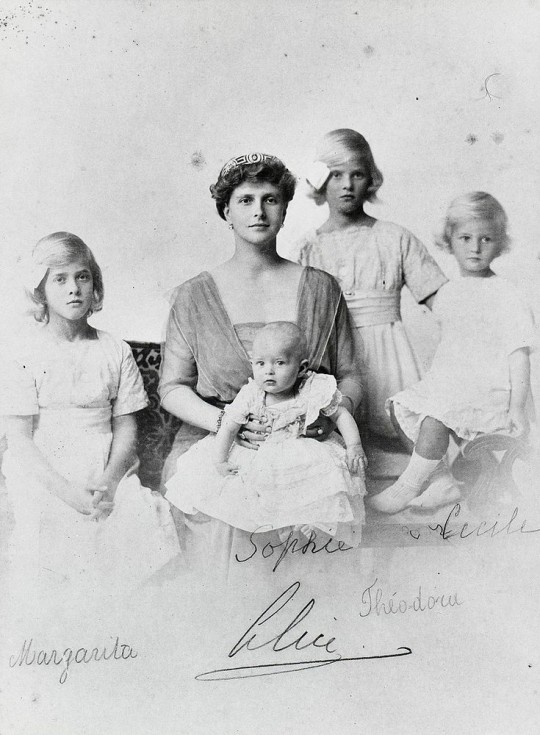
Princess Alice of Greece with her four daughters:
Princess Margarita, future Princess of Hohenlohe-Langenburg
Princess Theodora, future Margravine of Baden
Princess Cecilie, future Hereditary Grand Duchess of Hesse
Princess Sophie, future Princess of Hanover
#princess alice of greece and denmark#princess margarita of hohenlohe langenburg#margravine theodora of baden#grand duchess cecilie of hesse#princess sophie of hannover#greek royal family#german history#house of hohenlohe langenburg#swabian royalty#hessian grand ducal family#house of hesse darmstadt#hanoverian royal family#house of glücksburg
51 notes
·
View notes
Text
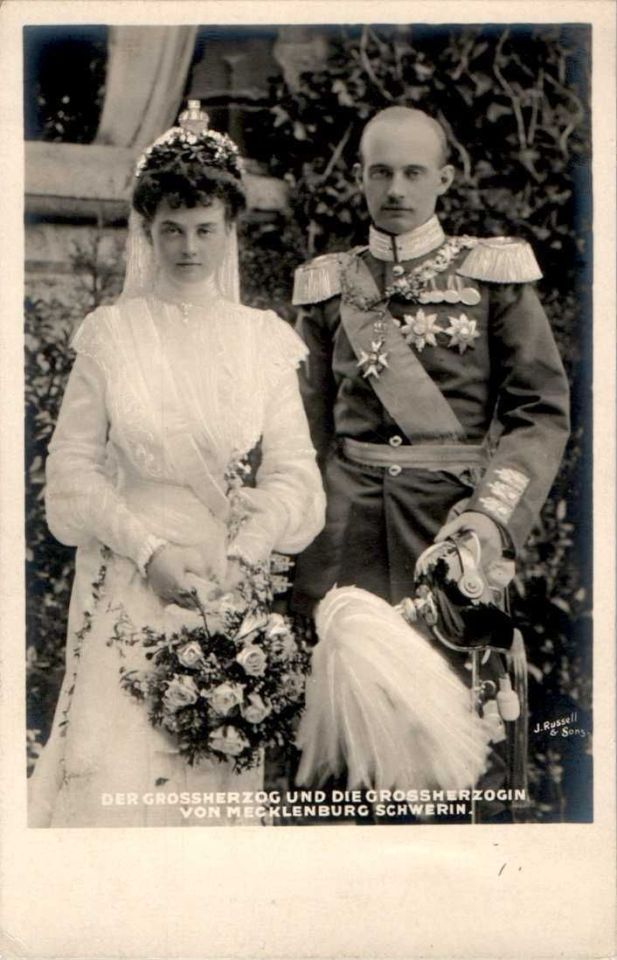
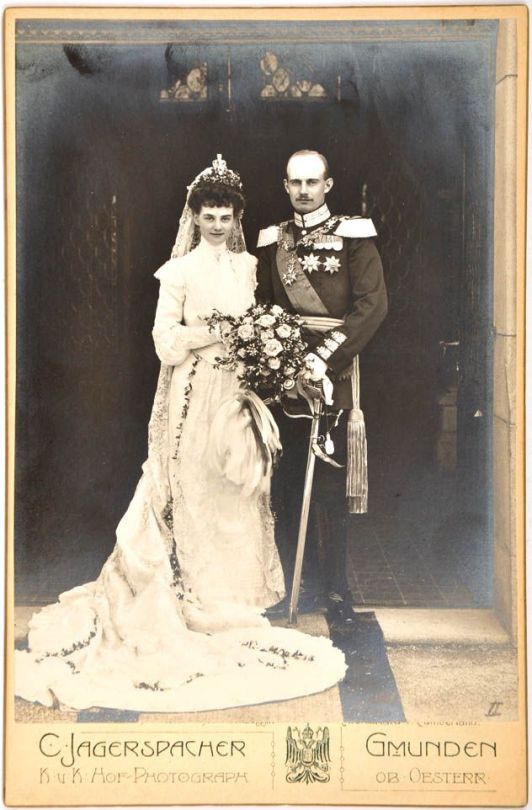
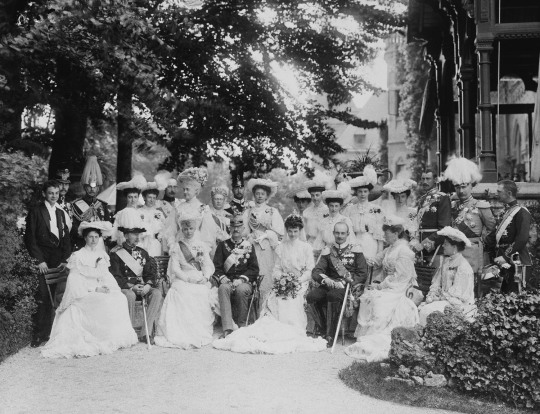
Photograph taken on the day of the wedding of Grand Duke Frederick Francis IV of Mecklenburg-Schwerin and Princess Alexandra of Cumberland, Gmunden, June 7th 1904, with other members of Royal Families of Europe. June 7th, 1904.
Middle row: Prince Ernest Augustus of Hanover, Hereditary Prince George William of Hanover, Prince Frederick of Schaumburg-Lippe, Princess Marie Louise of Baden née Hanover and Cumberland, Princess Charlotte Reuss of Köstritz née Mecklenburg-Schwerin, Prince Maximilian of Baden, Princess Frederica of Hanover (Baroness von Pawel-Rammingen), Duchess Vera of Württemberg née Grand Duchess Vera Konstantinovna, Duke John Albert of Mecklenburg-Schwerin, Duchess Elisabeth Sybille of Mecklenburg-Schwerin née Princess of Saxe-Weimar-Eisenach, unknown Princess, Princess Olga of Hanover and Cumberland, Princess Thyra of Denmark, Duchess Cecilie of Mecklenburg-Schwerin, Crown Princess Alexandrine of Denmark née Mecklenburg-Schwerin, Crown Prince Christian of Denmark.
Front row: Princess Louise of Schaumburg-Lippe née Denmark, King Christian IX of Denmark, Crown Princess Thyra of Hanover née Denmark, Crown Prince Ernest Augustus of Hanover, Grand Duchess Alexandra of Mecklenburg-Schwerin née Princess of Hanover and Cumberland, Grand Duke Friedrich Franz IV of Mecklenburg-Schwerin, Dowager Grand Duchess Anastasia Mikhailovna of Mecklenburg-Schwerin, Grand Duchess Maria Pavlovna The Elder.
Source: pinterest and Royal Collection
#Grand duchess alexandra of Mecklenburg-Schwerin#grand duke frederick francis iv of Mecklenburg-Schwerin#grand duchess anastasia mikhailovna#grand duchess maria pavlovna#king Christian ix of Denmark#crown princess cecilie of prussia#queen alexandrine of denmark#King Christian x of Denmark#crown Prince ernest augustus of hanover#crown princess thyra of hanover#Prince maximilian of baden#princess marie louise of hanover#princess louise of denmark#Prince Frederick of Schaumburg-Lippe#Princess frederica of hanover#duke john albert of mecklenburg-schwerin#mecklenburg-schwerin#princes thyra of Denmark#princess Olga of hanover#princess Alexandra of hanover#Prince ernest augustus of hanover#hanover and cumberland#brunswick#royal weddings
43 notes
·
View notes
Text

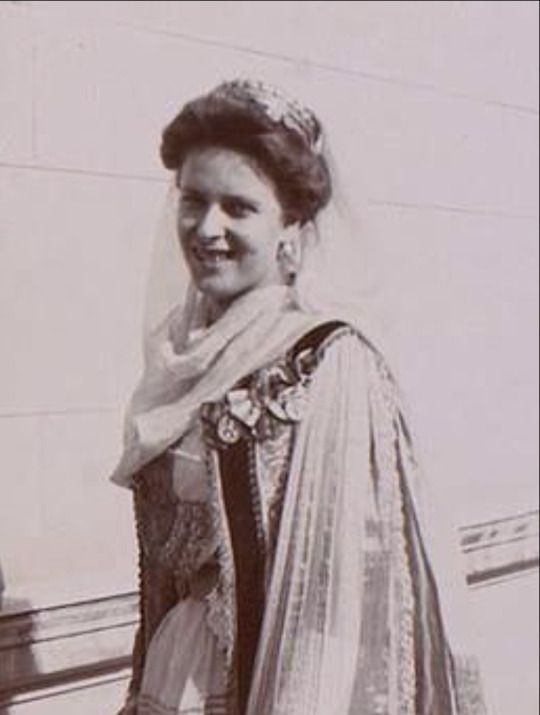
Princess Alice of Battenberg (Victoria Alice Elizabeth Julia Marie; 1885 – 1969) - Princess of Greece and Denmark
One of her Great-Grandmothers was Queen Victoria; her maternal grandmother was Alice, Grand Duchess of Hesse and by Rhine; her mother was Princess Victoria of Hesse and by Rhine, sister of Empress Alexandra Feodorovna of Russia; her father was Prince Louis of Battenberg. Her son was Prince Phillip, consort of Queen Elizabeth II.
She married Prince Andrew of Greece and Denmark
She had five children: Margarita, Princess of Hohenlohe-Langenburg
Theodora, Margravine of Baden
Cecilie, Hereditary Grand Duchess of Hesse
Sophie, Princess George of Hanover
Prince Philip, Duke of Edinburgh
Alice suffered incredibly through her life, but she did not let that stop her from always thinking of others; she was born with a hearing deficit and her brilliant mother Victoria, taught her to lip read not in one but several languages. She had a husband who preferred to gamble in Montecarlo to being with his wife and children or...anything else. She was diagnosed with squizophrenia (there is no evidence that this was a correct diagnosis even though it was issue by Dr. Freud himself) and her pelvic organs irradiated to produce an early menopause (this was supposed to relieve the symptoms according to the medical thinking of the times). She lost her daughter Cecilie in a plane crash.
Yet, like her grandmother Alice, helping others came to her naturally. Israel gave her the award Righteous Among the Nations, bestowed on people who risked their own lives to help Jewish people survive the Holocaust. She worked for the Swiss Red Cross.
The princess founded a nursing order of Greek Orthodox nuns, the Christian Sisterhood of Martha and Mary, modelled after the convent that her aunt, the martyr Grand Duchess Elizabeth Feodorovna, had founded in Russia in 1909. She dedicated herself to helping others but eventually the order failed because of lack of funds.
And besides all of that, she was beautiful.
She died at Buckingham Palace at the age of 84.
(I have to add something here: Alice's smile in the picture is one of the most open, sweetest, tenderest, and most beautiful smiles I have ever seen. It filled me with awe, and thinking about her life brought tears to my eyes)
#brf#Princess Alice of Greece and Denmark#Prince Phillip#Victoria of battenberg#Louis of Battenberg#Prince Andrew of Greece and Denmark#Grand Duchess Alice of Hesse and By Rhine
26 notes
·
View notes
Photo

Grand Duchess Olga Feodorovna of Russia, neé Princess Cecilie of Baden. 1860s
#Antique#vintage#victorian#19th century#1860s#victorian fashion#hoopskirt#crinoline#Royalty#Russia#romanov#Grand Duchess Olga Feodorovna of Russia#princess cecilie of Baden#Mikhailovichi
72 notes
·
View notes